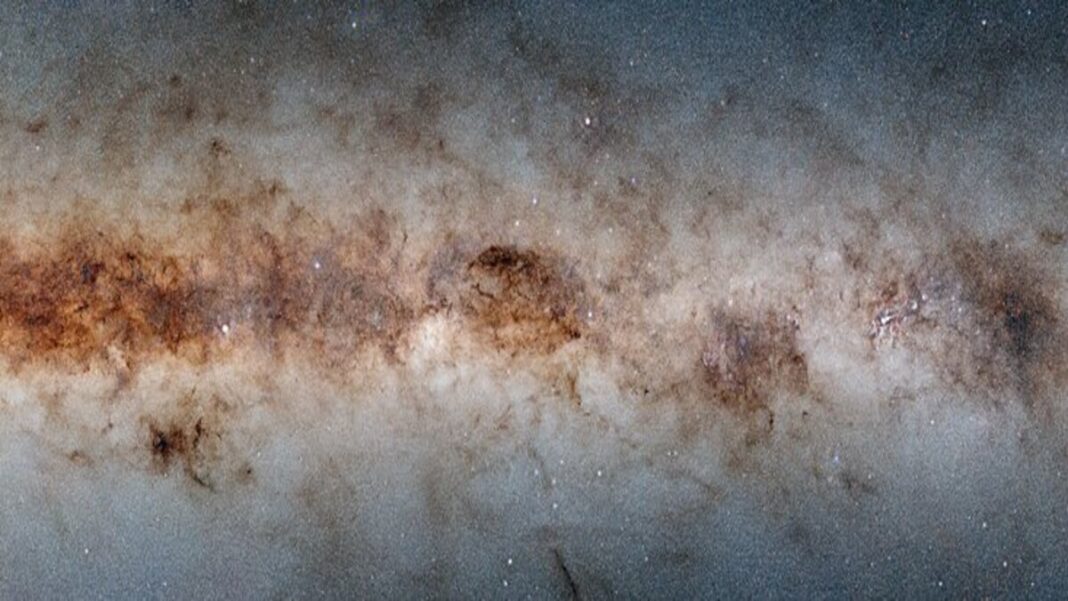UNITED STATES: Since James Webb Telescope was launched into orbit, NASA’s newest space telescope has captured some breathtaking images of our early universe.
Since it is the largest optical telescope in space, it can view things that the Hubble Space Telescope cannot because of its age, distance, or brightness.
James Webb clicks stunning pictures of our universe
Scientists might search for local analogues to understand more about star formation in the early universe.
As a result, the NGC 346 was investigated by NASA’s James Webb Telescope, which turned up hitherto unobserved star formation zones.
NGC 346 resides in the Small Magellanic Cloud, the dwarf galaxy that is closest to us. Its composition is more akin to that of galaxies in the early cosmos when star formation was at its peak.
NGC 346 may shed some light on the circumstances surrounding star formation in distant galaxies. There is a cluster of stars inside a nebula. In the centre of the image, a boat-like structure is made of orange and pink gas arcs.
One end of each of these arcs points to the upper right corner of the image, while the other points to the lower left corner.
Another column of gas, in orange and pink shades, rises from the middle of the image to the upper left. To the right of this plume, a large cluster of white stars can be seen. Numerous white stars and galaxies of various sizes are present throughout the picture.
Compared to earlier telescopes, Webb can identify protostars, or infant stars, at far lower luminosities. The telescope has made out dust for the first time ever in the gas discs surrounding those protostars.
In essence, Webb is observing the starting point from which stars and perhaps planets are formed. This may enable us to determine whether rocky planets truly did form earlier in the universe than we previously thought.
Also Read: Hubble Captures the Last Moments of a Star as It is Sucked into a Black Hole



